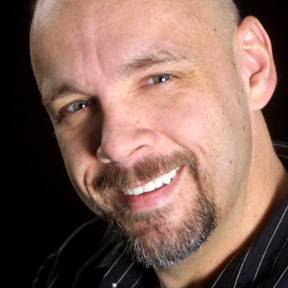The Critic's Corner
January 16-22, 2017
Civil rights never felt so good
By David Laprad
In “Hidden Figures,” Al Harrison, director of NASA’s Space Task Group, asks Katherine Johnson, the African-American mathematician who calculated the flight trajectories for John Glenn’s history-making journey into space in 1962, a complex question:
“Do you think we’ll make it to the moon?”
Johnson’s answer was simple: “We’re already there.”
Harrison didn’t think to ask a different question: “Do you think the world will ever know what you did?”
Maybe he assumed it wouldn’t. Or maybe he knew someday it would.
That someday is today. “Hidden Figures” is a biographical film about three African American women who helped NASA catch up in the space race with Russia. Taraji P. Henson stars as Johnson, Octavia Spencer as Dorothy Vaughan and Janelle Monáe as Mary Jackson.
After watching “Hidden Figures,” I googled “NASA 1960s.” My search brought up photograph after photograph of control rooms filled with white men. I saw one picture with an African American male, but none with a woman of any color. “Hidden Figures” indeed.
As the movie opens, America is already starting to shift racially. Martin Luther King is on TV advocating non-violent social change, Rosa Parks has made her historic “stand” and blacks are sitting down at whites-only lunch counters and ordering a burger.
Against this backdrop, the film’s three protagonists are laboring away in the segregated West Area Computers division of Langley Research Center, NASA’s field center. The “Computers” part of the division’s name refers to the mathematically-minded ladies who worked there, not anything electronic.
A known mathematical genius, Johnson is pulled out of the group to do trajectory analysis for Alan Shepard’s Freedom 7 mission in 1961. As she enters the large room occupied by the Space Task Group, she saw the same thing I did when I looked at photographs on Google: nothing but white men.
While a part of the group, Johnson does more than calculate flight trajectories; she also navigates the rocky landscape of workplace politics. While her supervisor, Harrison, seems to have an open mind (or is too consumed with work to be concerned about Johnson’s gender or race), some of her coworkers are leery enough of having a woman among them, let alone a black one.
As Johnson makes professional inroads in her corner of NASA and does groundbreaking mathematical work, her two colleagues face their own challenges and opportunities to make history.
“Hidden Figures” works well when it lets the work and lives of these ladies speak for themselves.
The scenes in which Johnson climbs a ladder to solve mathematical problems on a massive chalkboard are inspiring. I also admired how Vaughan perseveres to become an official supervisor at NASA. Then there’s the speech Jackson gives the judge who stands between her and the whites-only classes she needs to take to be promoted to engineer. It’s good.
“Hidden Figures” also follows these ladies home to show them living normal lives. The romance between Johnson, a widowed mother with three daughters, and a lieutenant colonel is given the most screen time. While these scenes have a melodramatic feel, they help the film to paint a more complete picture of its real life subjects.
“Hidden Figures” is less successful when it stops to make a point. The scene in which an exasperated Johnson rails against the racism and sexism of her coworkers in the Space Task Group is a good example. While that and other similar scenes might depict events that actually happened, they feel manufactured and overstated.
The overall narrative structure of “Hidden Figures” suffers from the same issue. Although the film tackles the lives of three human beings, highs and lows come at the expected times and the ending seems built for applause.
Still, “Hidden Figures” is a well-made film with a clear moral center and an emotionally satisfying ending.
I’ll remember it for its moments of quiet insight. My favorite came during an exchange between Vaughn and Vivian Mitchell, a female superior who repeatedly snuffs Vaughn’s attempts to be named supervisor:
Mitchell: “I really have no problem with you people.”
Vaughn: “I’m sure that’s what you think.”
With more of that and less melodrama, “Hidden Figures” might have been great. But it’s still a worthwhile motion picture that shines a light a little known but important chapter in our nation’s history.
Three stars out of four. Rated PG for thematic elements and some language.
David Laprad is the assistant editor of the Hamilton County Herald and an award-winning columnist and photographer. Contact him at dlaprad@hamiltoncountyherald.com.



